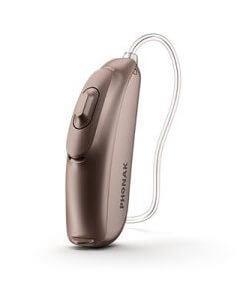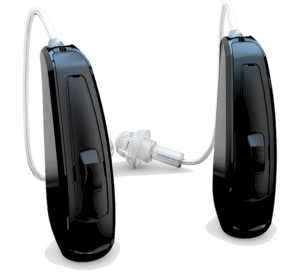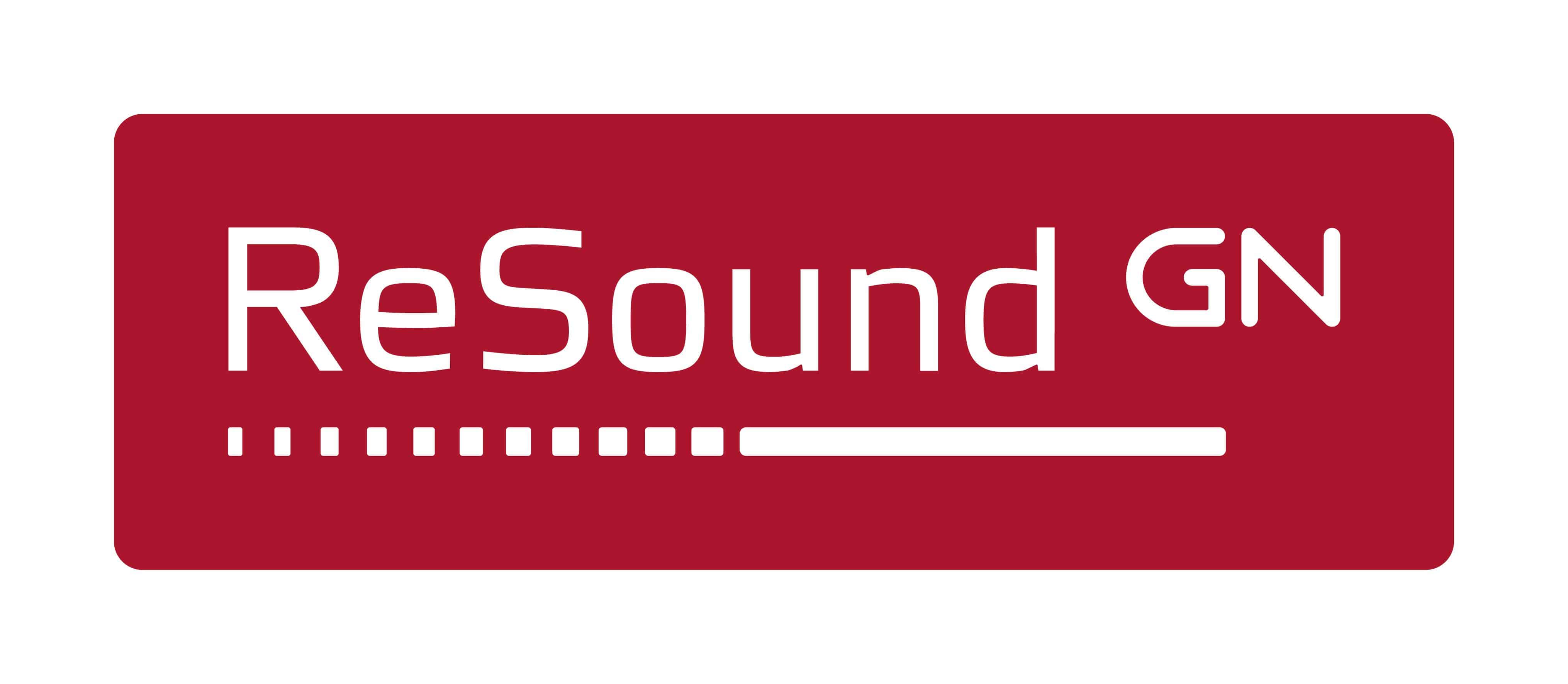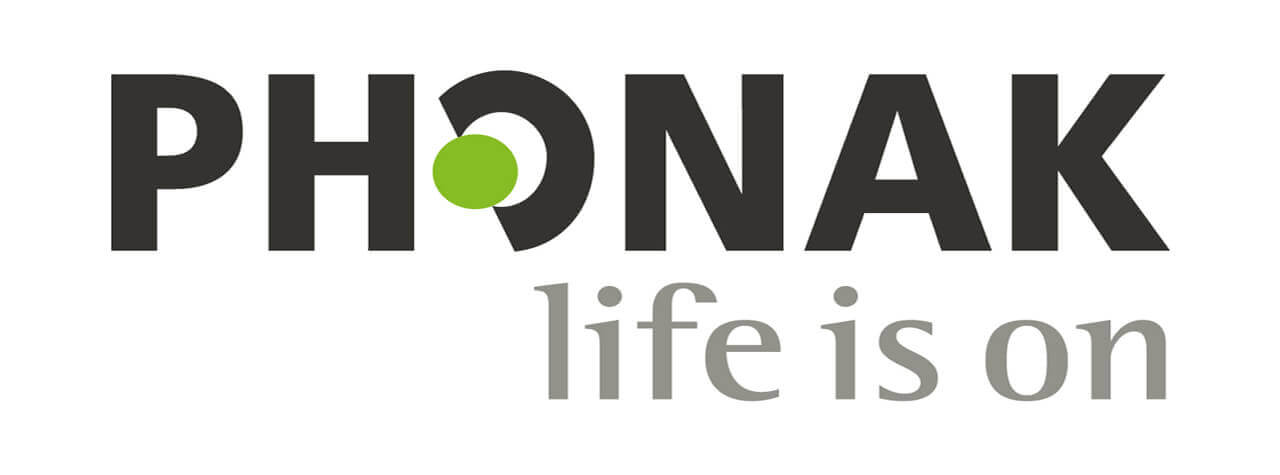Hearing Aids Overview
Everything you need to know about hearing aids.
Technology is a marvelous thing and combined with a purpose to help those with hearing loss – it has led to amazing advances in the field. The most common treatment for hearing loss is hearing aids and due to technology, there are models, styles and features to fit every lifestyle and budget.
This is an overview and there are also pages with more detailed information, but Audiology Consultants’ professional staff will assist you every step of the way to get you on the path to better hearing and keep you there! There are new and exciting advances happening all the time and if there is something you’ve heard about or are wondering is available – give us a call and we’ll help you out.
How they work

Improved technology means your hearing aids can interface with other technology like your phone, or your television or your computer. They “understand” environmental sounds and help you shift through that and process conversations. You won’t be struggling to understand a conversation or hear a whisper from a loved one. You won’t be worried about hearing a server at a restaurant or not understanding the dialogue at a movie theater.
Hearing Aid Styles
Behind the Ear

Behind-the-ear models (BTE) are becoming more popular again because people are more used to seeing ear devices due to uses of Bluetooth and other electronic innovations. There are BTEs that have ultra thin clear tubes that sit just in front of the ear and the rest of the hearing aid is nestled behind the ear. A BTE style also has a speaker built into the area over the ear and there is another BTE style that comes with a larger mold that fits behind the ear. The model with the larger mold can treat any hearing loss from mild to profound the shape means it has more features and controls than other hearing aids.
In the Ear
A third type of in-the-ear model is a sort of half shell design that, although considered low profile, takes up almost the entire outer area of the ear bowl. This type works well with people who may have some manual dexterity issues and they come with a tiny directional microphone and control buttons.

Hearing Aid Manufacturers
Audiology Consultants works with a wide variety of manufacturers to bring you the best in hearing devices. We offer Starkey, Unitron, Oticon, Widex, ReSound, Phonak and Siemans/Signia. Each manufacturer offers distinctive features and various lines designed to help all sorts of hearing loss as well as all sorts of budgets.

Starkey
Starkey is an innovator in “invisible” hearing aids. Their devices are small, sophisticated and technological advances have virtually eliminated feedback and other issues. Their hearing aids offer wireless connectivity.

Unitron
Unitron emphasizes conversation processing as a big advantage to their hearing aids. Unitron models are contemporary and discreet. They also have wireless connectivity and a special adaption feature that adjusts to moving from noisy to quiet environments.

Widex
Oticon has developed their hearing aids with the idea of complete sound processing. Called “Brainhearing” the technology mimics how the brain processes sound. Combined with state-of-the-art technology, the hearing aid processors sort out sounds and help with understanding.
Widex is known for the “Widex Sound” which provides the user with a rich listening experience. Their latest models feature wireless connectivity and geotagging so your hearing aid “remembers” if you had to make an adjustment at a certain place and automatically makes them again.

Resound
ReSound focuses on the user experience meaning their hearing aids are a sort of “go anywhere” devices. A special “nano coating” protects the hearing aid inner workings from moisture, humidity and dirt. They also offer wireless connectivity with a special emphasis on Apple devices.

Phonak
Phonak is known as an innovative manufacturer that prides itself on making hearing aids that wearers find as simple to use as glasses or contact lens. Featuring wireless connectivity, they have a quick charging model and several models that are suitable to treat mild to profound hearing loss.

Signia
Signia is the newest brand of one of the world’s oldest hearing aid manufacturers, Siemens. Siemens was one of the first to introduce the BTE and the inner ear hearing aids. They have a line of hearing aids designed specifically for music lovers and musicians. One of their hearing aids has settings for “Live,” “Recorded” and “Instrumental” music.

